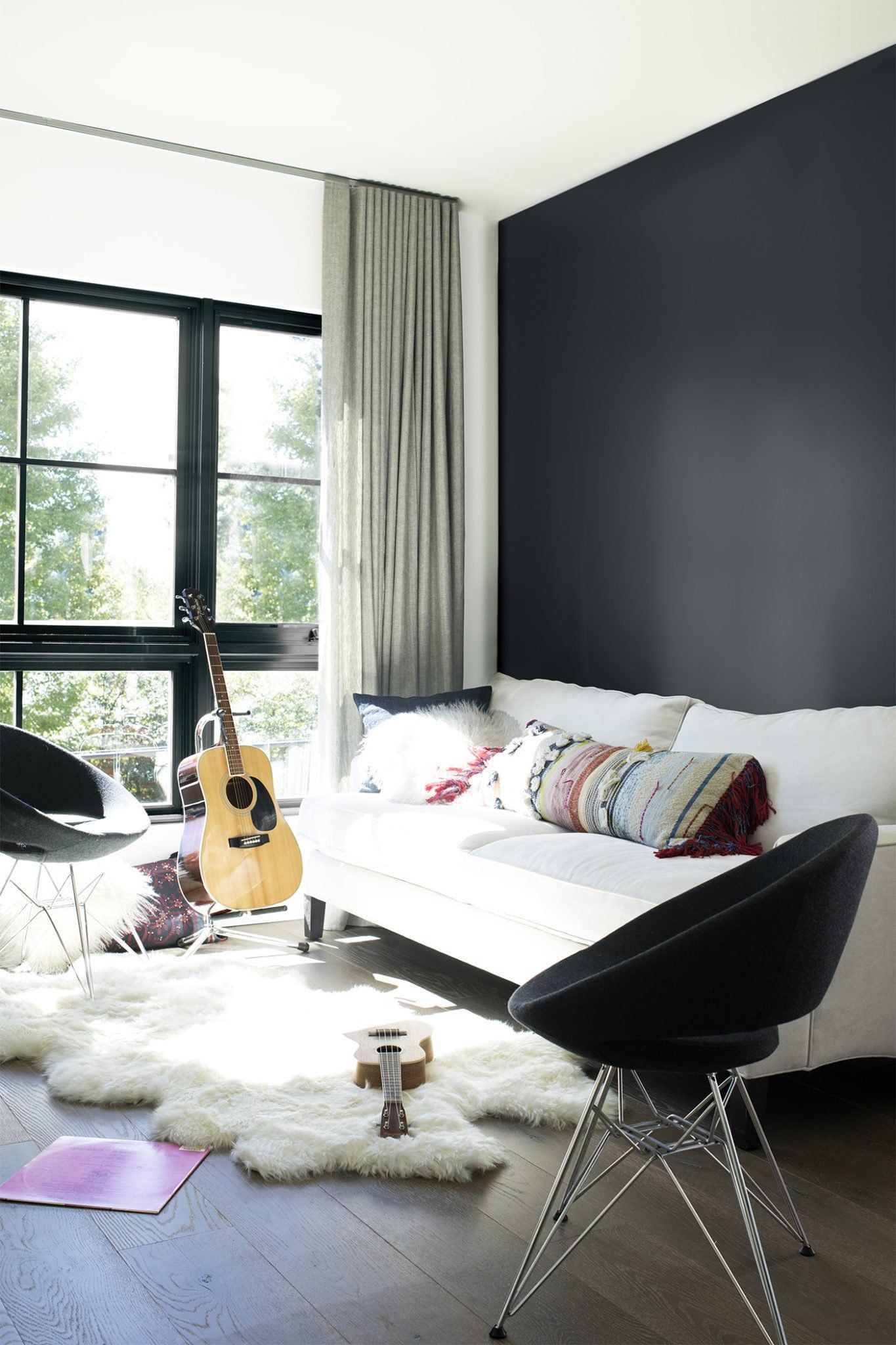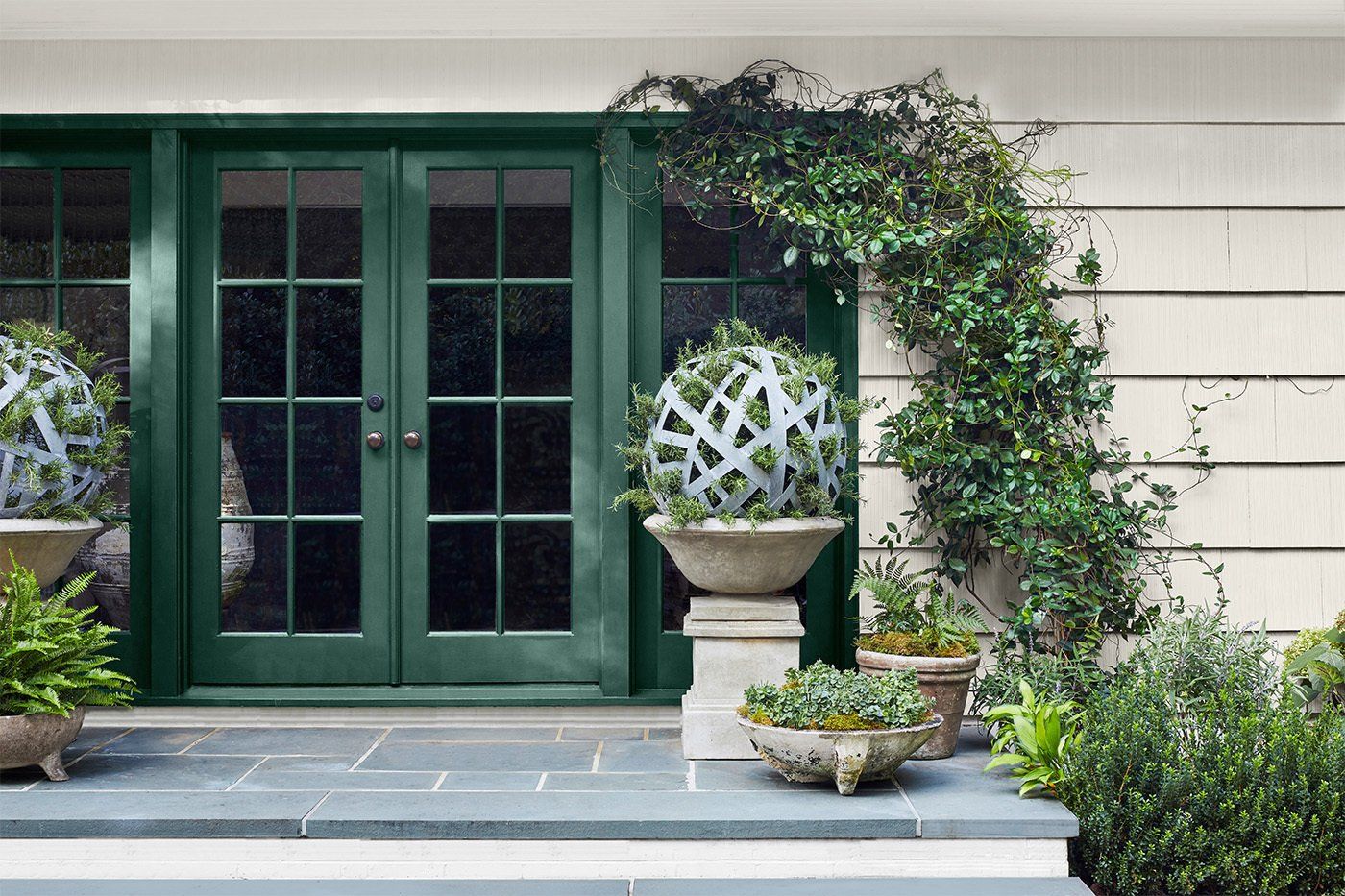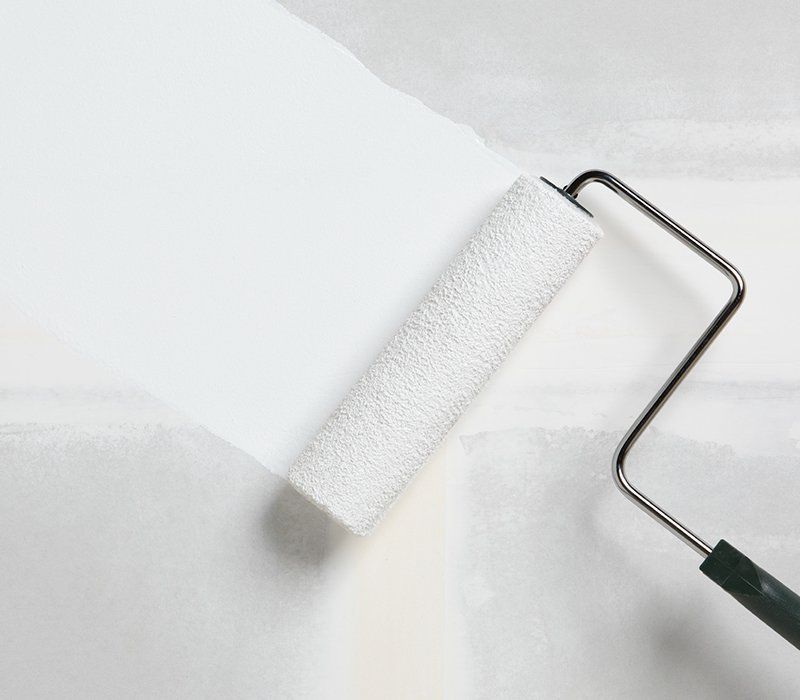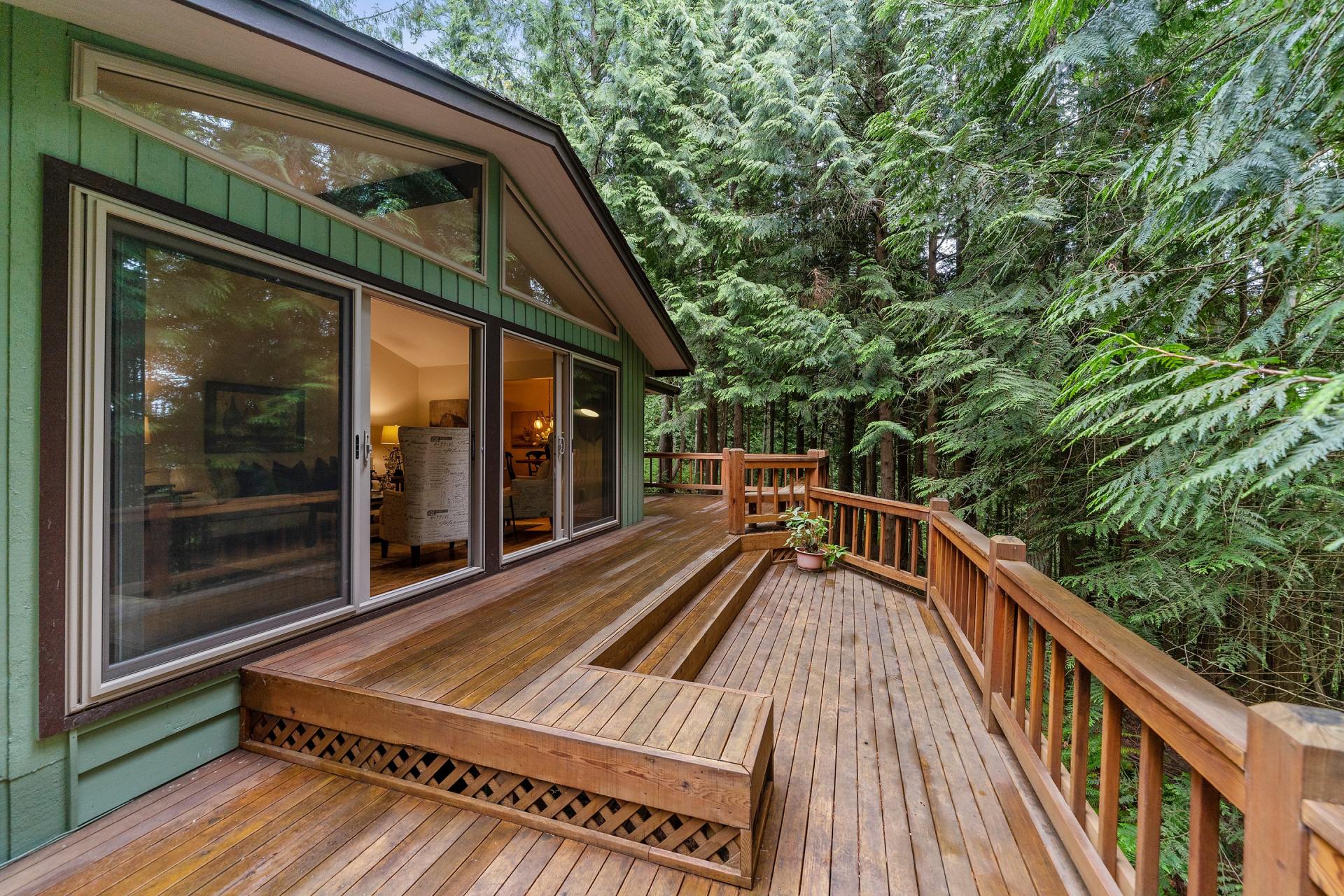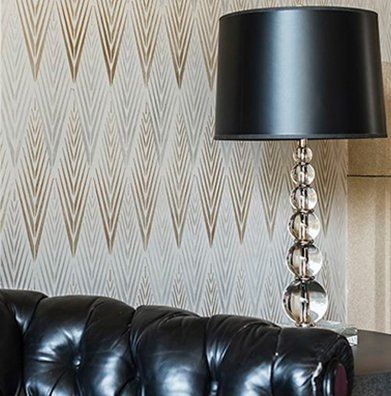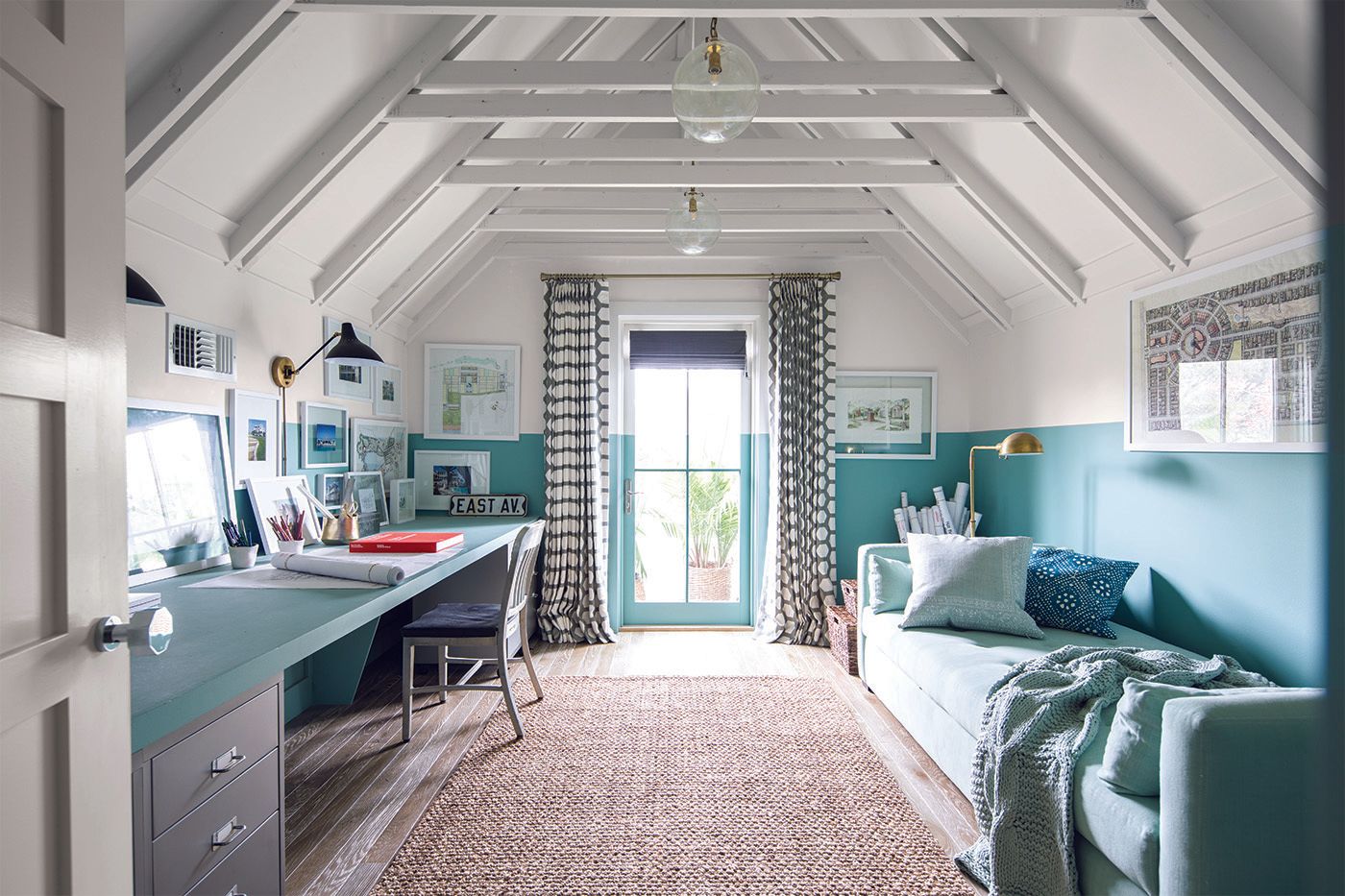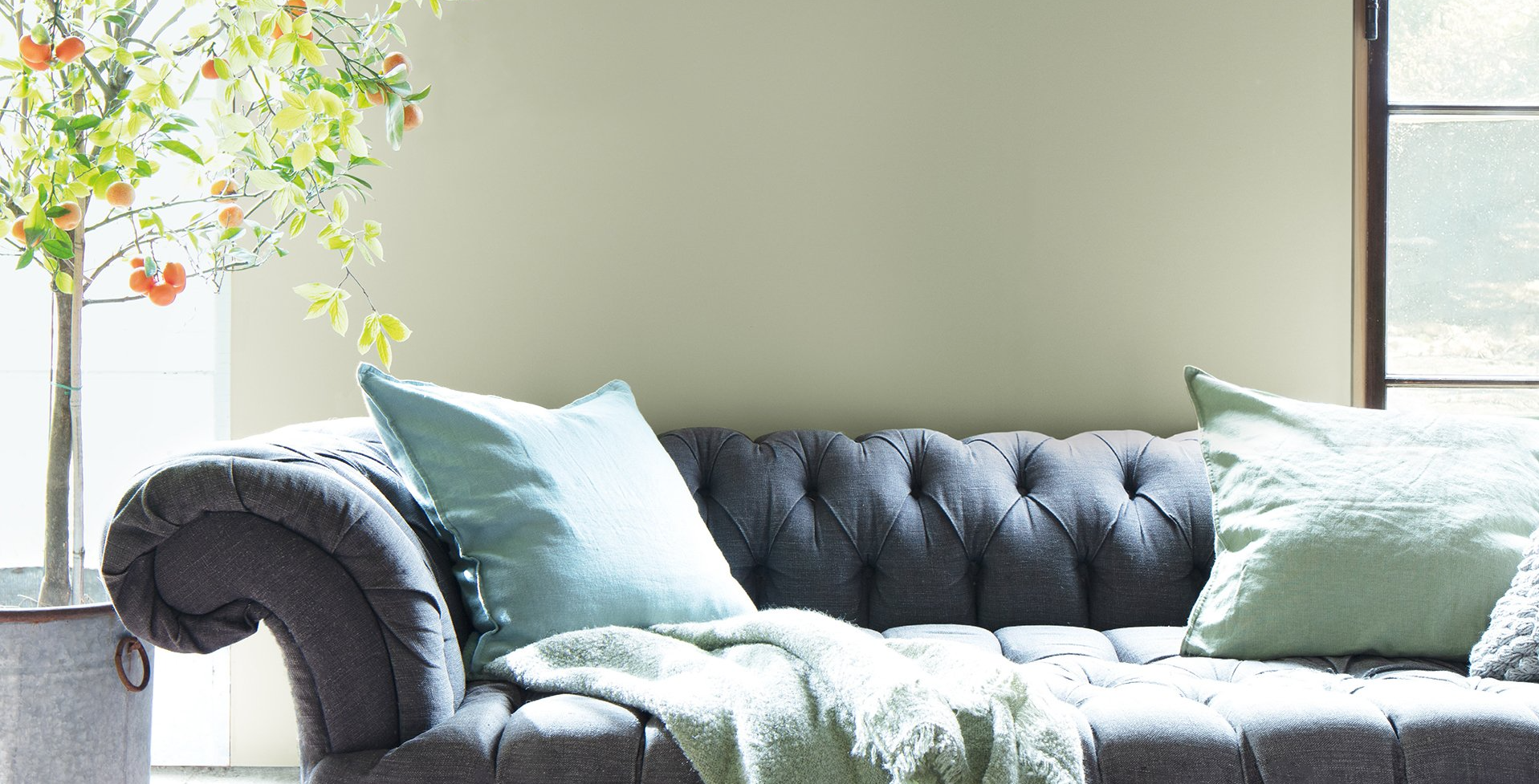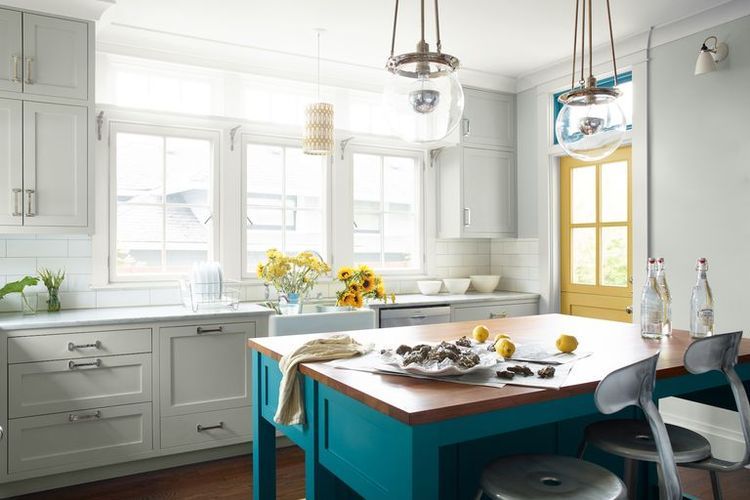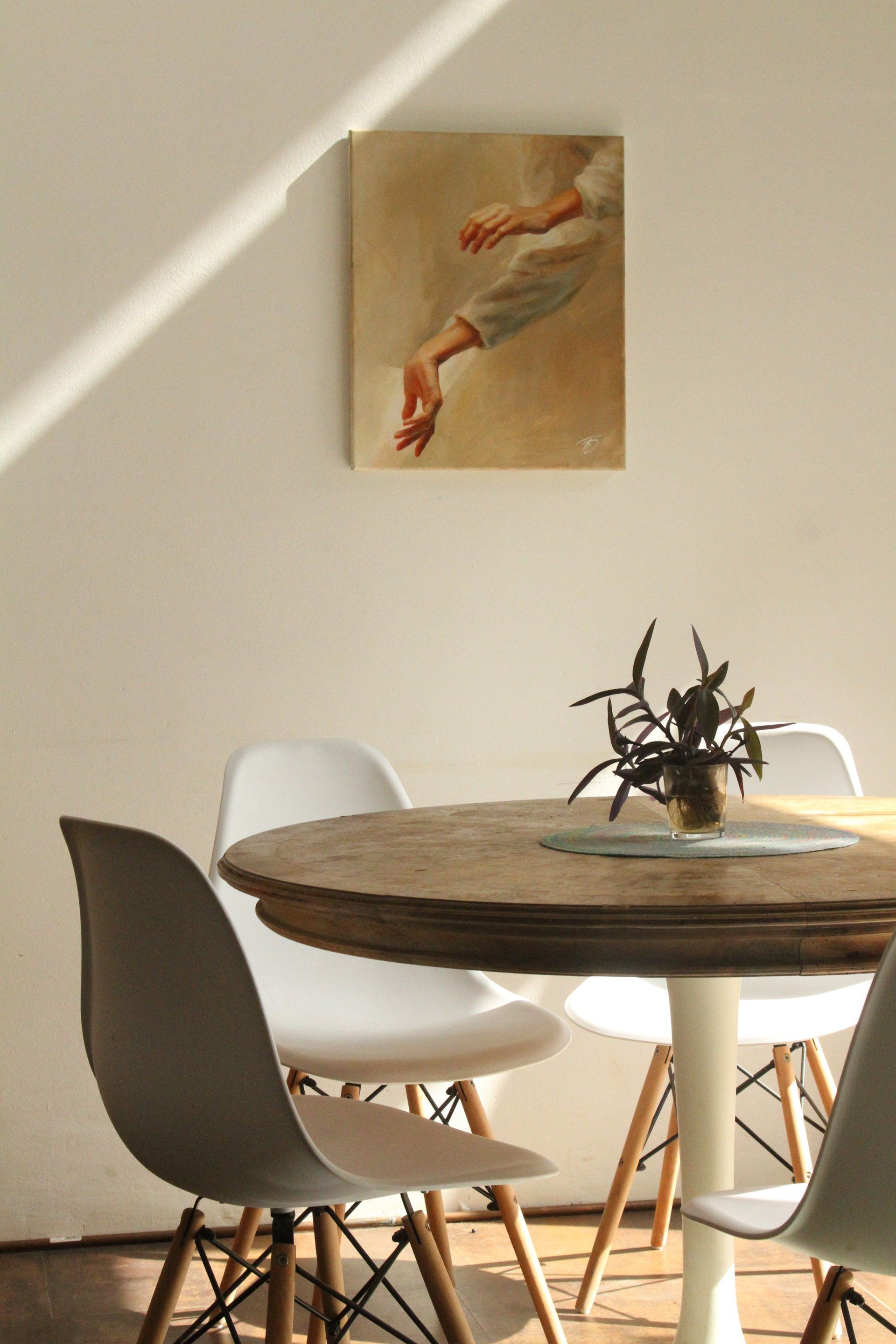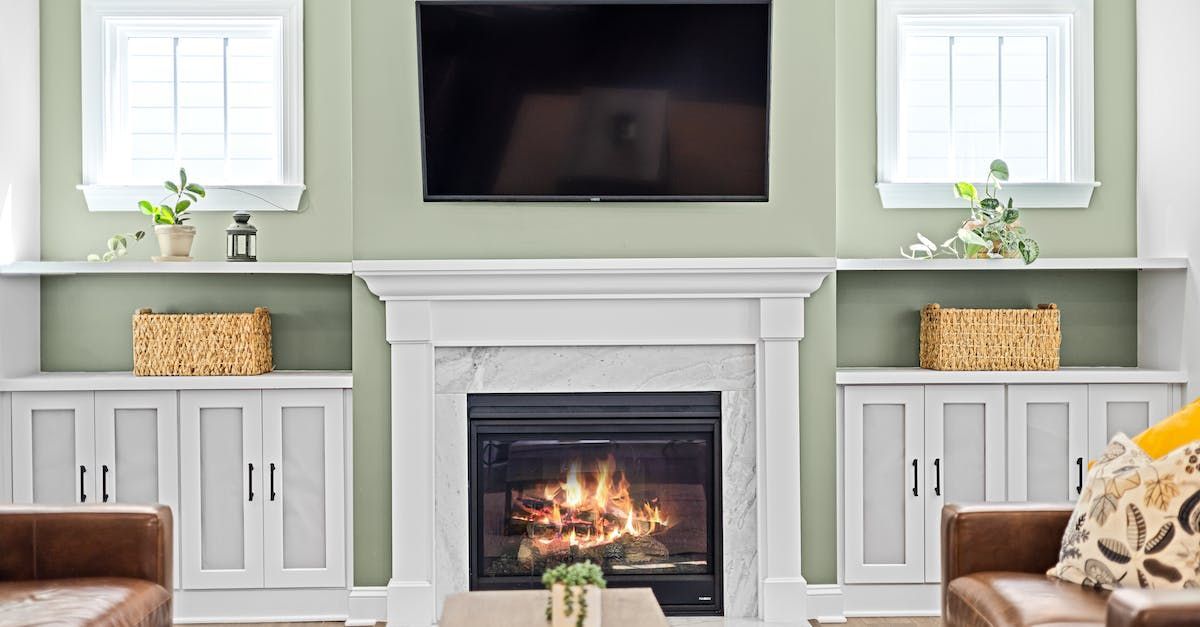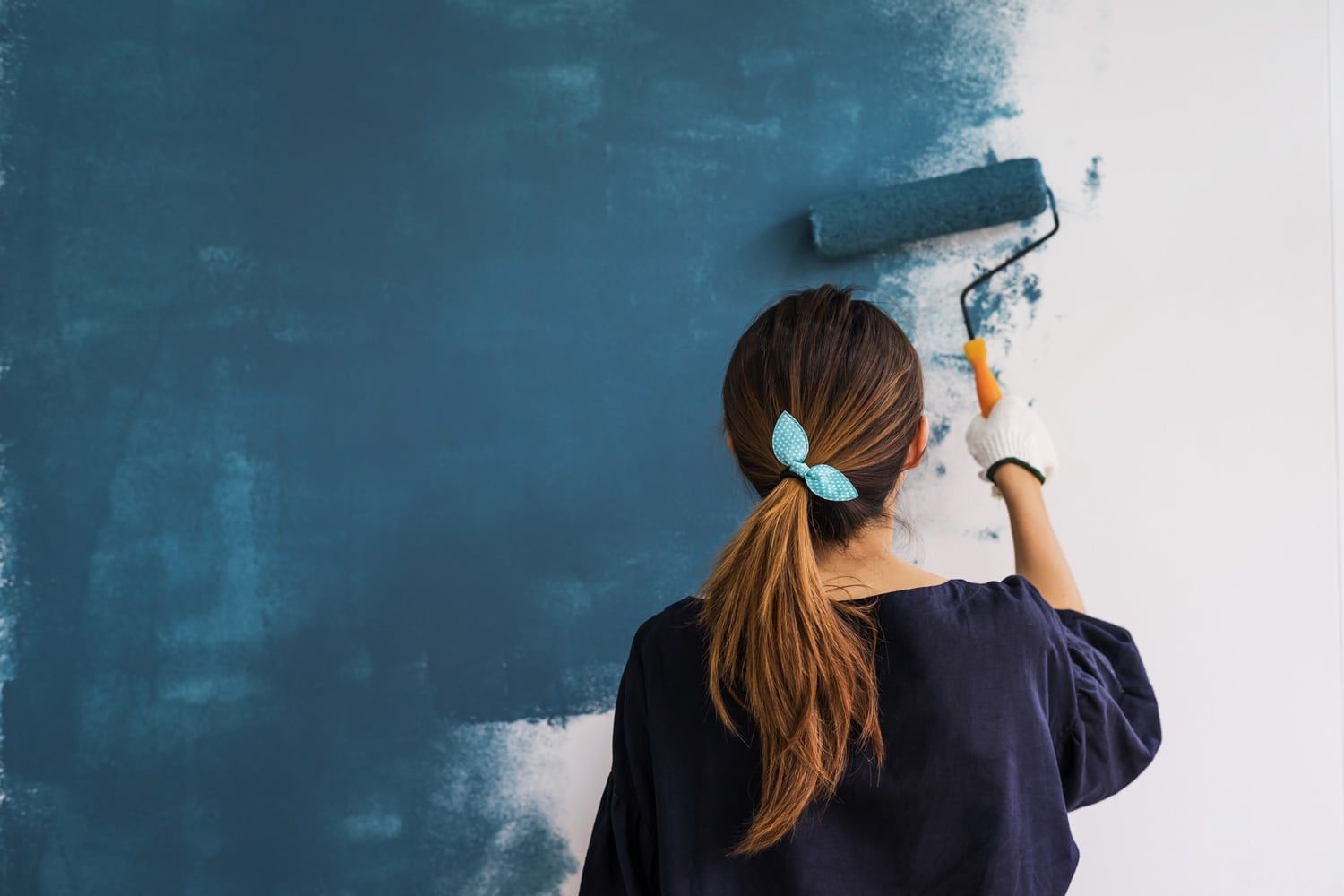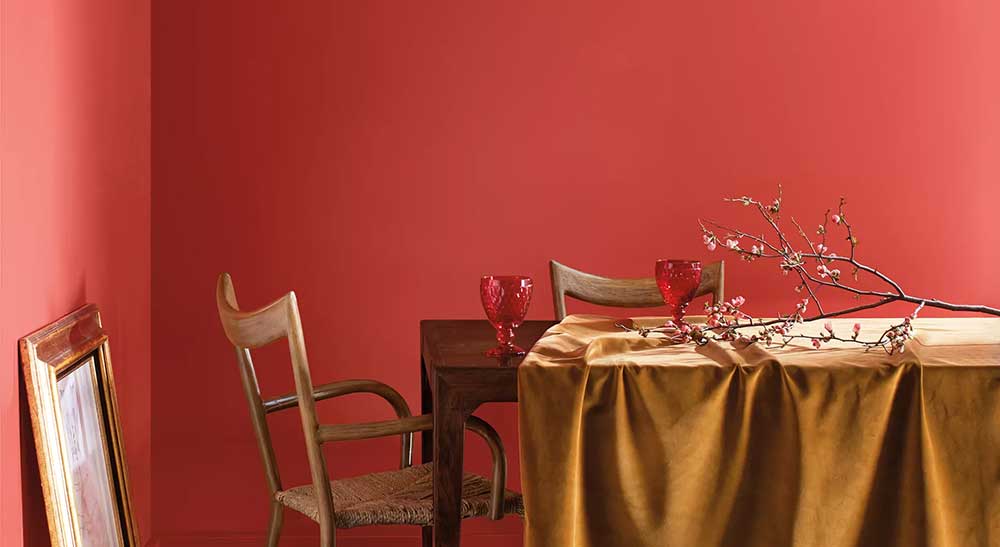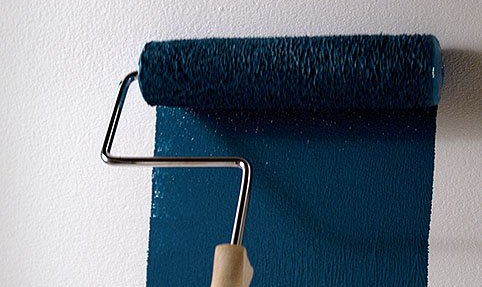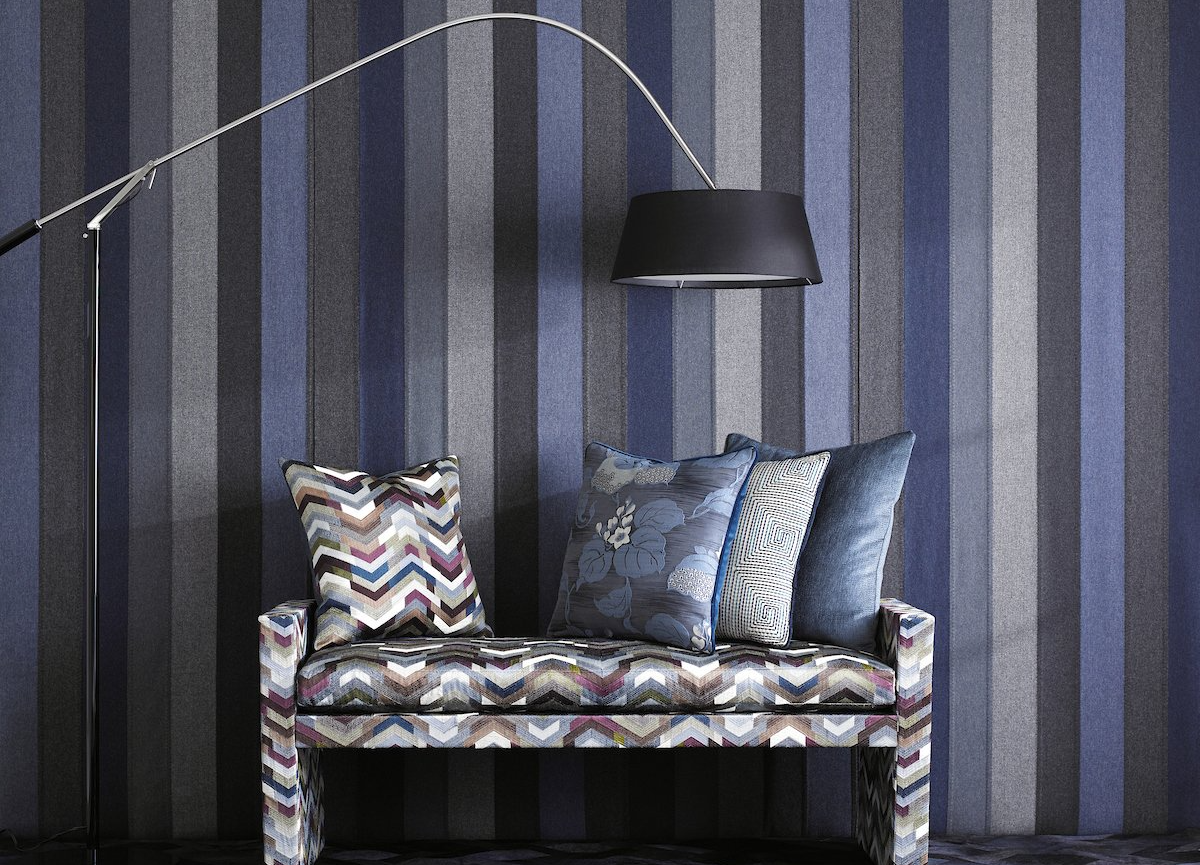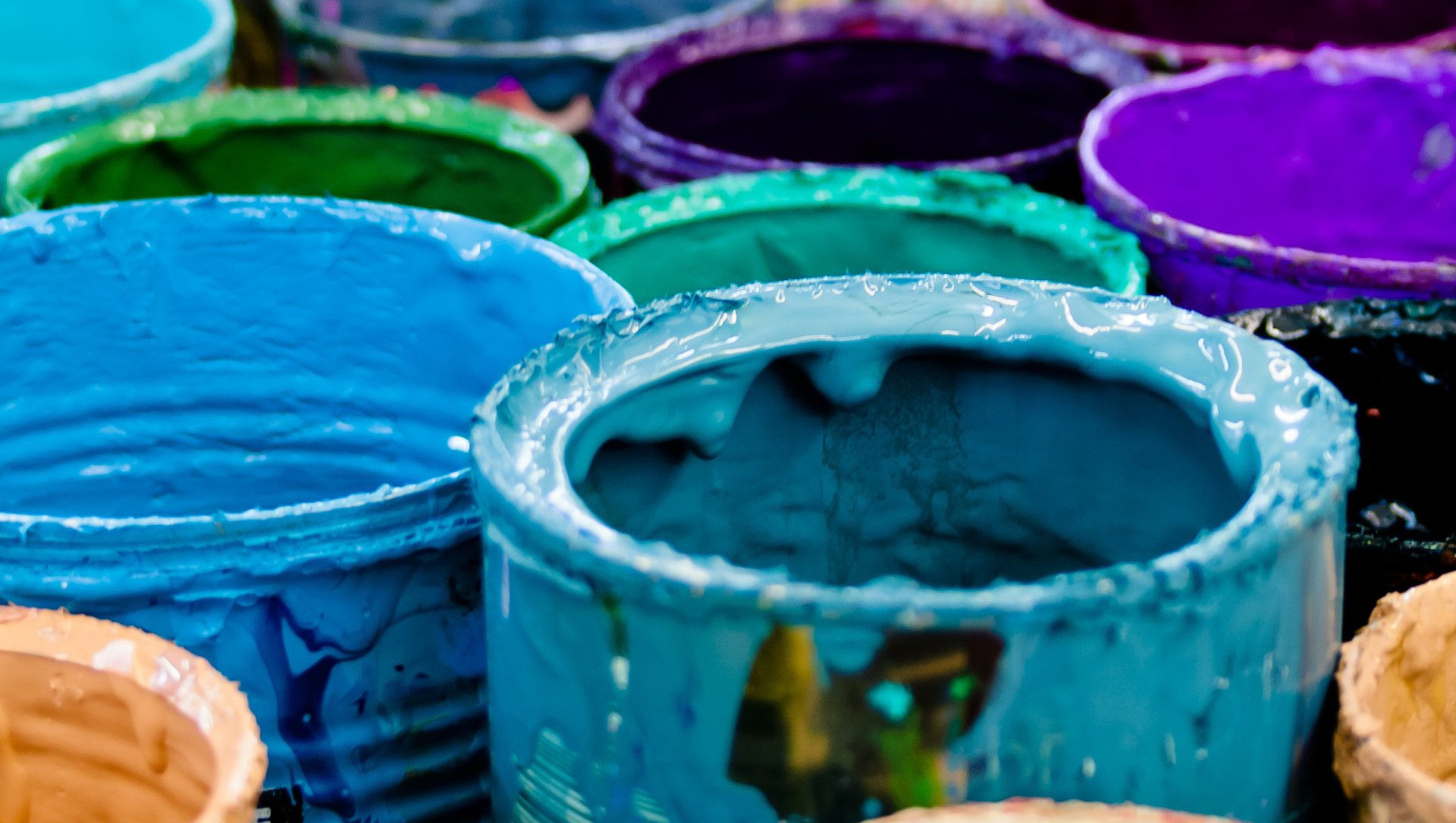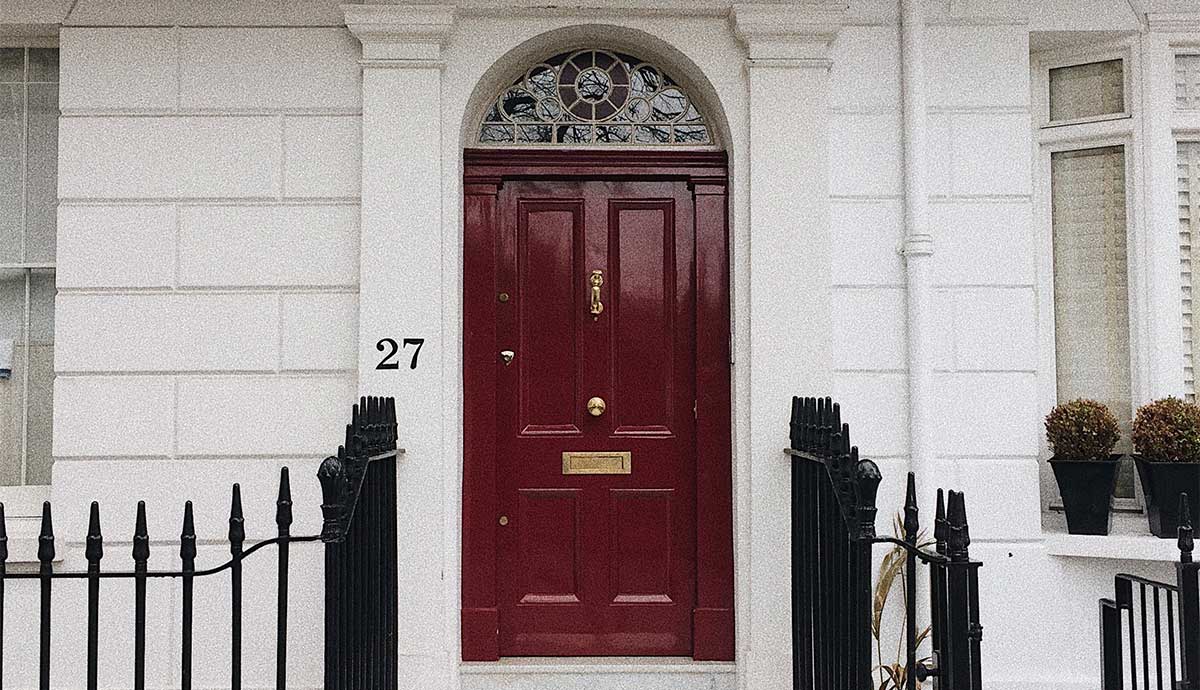A Guide to Metallic Paint: Why It’s Popular and Where to Use It
The look of metal is one of the most timeless yet modern finishes to use in home decor. It’s incredibly versatile and surprisingly easy to achieve through metallic paints. Let’s talk about how metallic paints work, where to use them, and how they contribute to a brighter interior design.
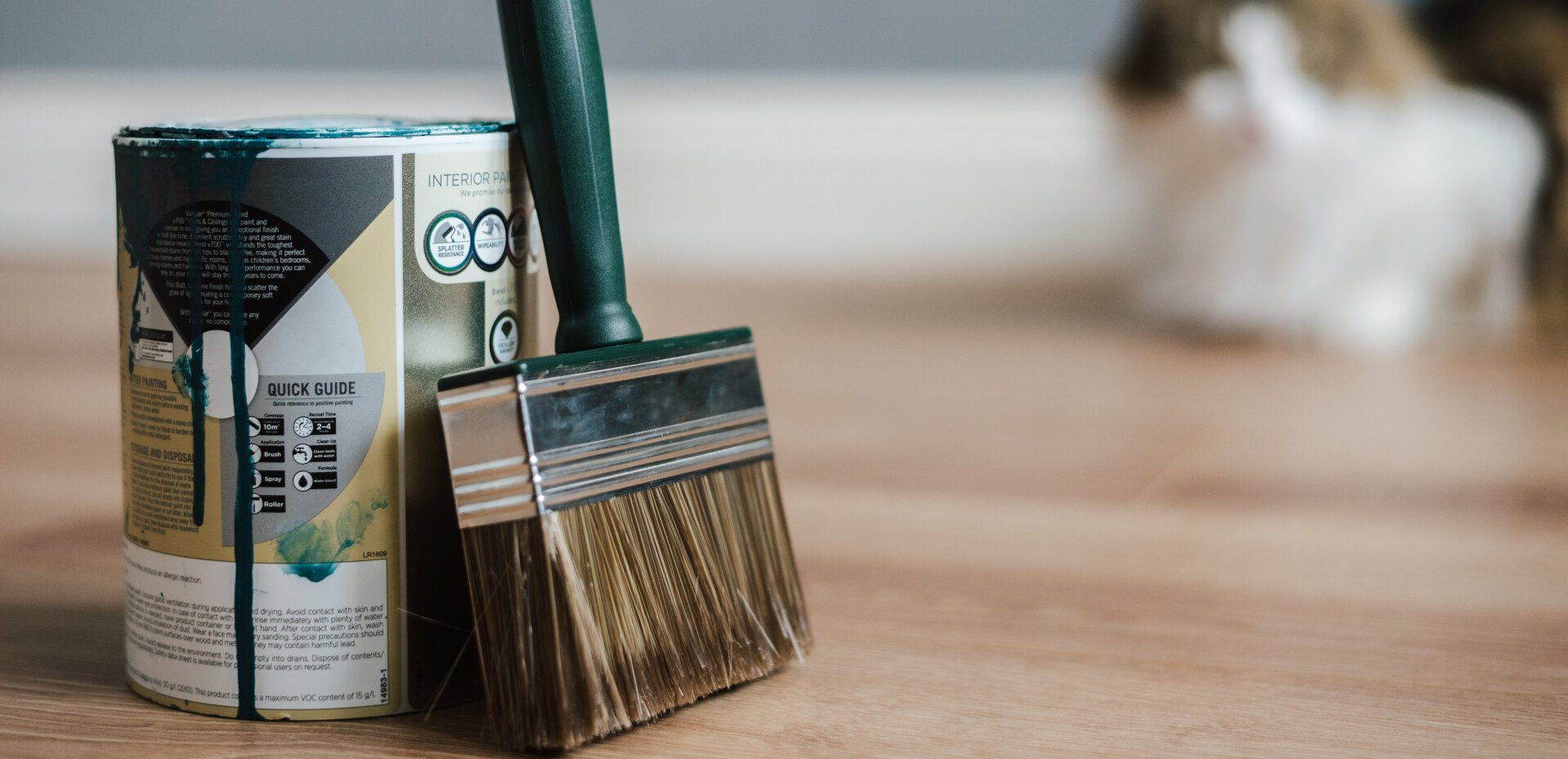
What Does It Mean for Paint to be Metallic?
A metallic paint simulates the shimmering texture and look of a metal surface through particles of metal embedded in the paint (typically mica or aluminum metallic flakes). Most people think of a silver metallic colour, but metallic paint can also take on the look of gold or bronze.
You’ll find these hues in watercolour paints, acrylics, powders, oil pastels, and sprays. Metallic paints are used in a wide variety of paint jobs which range from interior design and furniture to automobiles and even art projects.
Is This Type of Paint Popular?
The studies affirm so. One report details that the metallic acrylic paint market reached USD$581 million in 2019 and has continued to grow steadily since then. These trends reflect consumers’ growing demand for durable finishes and an active market for interior design.
What’s the Best Way to Apply Metallic Paint?
One caveat to metallic paint is that it’s high-sheen, meaning it reflects plenty of light. Imperfections like lines and stripes are consequently easier to see, especially as the metal particles in the paint show off brush strokes readily.
But metallic hues are still suitable for painting with the proper preparation and application methods.
- Prepare the wall. Wash the wall with mild soap and water, and cover up areas you don’t want to paint using masking tape and tarps.
- Add some starters. Apply a primer to the wall and let it dry. You can also add an extender to the metallic paint so that it dries more slowly, giving you time to iron out imperfections.
- Apply the base coat. Using a nap roller, work in square sections in a zig-zag pattern with diagonal strokes. Go from top to bottom. Once you’re finished, use a sponge to dab out the edges to ensure complete coverage.
- Apply a second coat. Use a sponge roller on the second run so that the metallic sheen reflects light consistently. Just like before, dab the edges with a sponge.
What If I Need to Paint Over Metallic Paint?
But what if you ever change your mind in the future? Metallic wall paint is thankfully forgiving in that sense. Painting over it involves using an oil-based primer so that the new paint adheres to the surface rather than peels away from the old metallic shine.
How Can I Decorate a Room Using Metallic Paint?
There are many use cases for metallic sheens. In interior design alone, we have:
- Metallic paint for walls. Metallic accents add light to a room and make the space seem larger.
- Brightening up old furniture. Metallic paint is an excellent choice and an easy way to get a fresh look out of old cabinets and shelves.
- High-touch surfaces. Use spray paint to freshen up knobs and handles, which tend to get dingy after years of use.
- Faucets. Metallic bathroom colours are a staple of modern design. Instead of buying a new faucet, for instance, make an old one look new again with metallic paint.
Check out our metallic paint photo gallery for inspiration ideas on how to use it at home
Add a Timeless Sense of Luxury to Your Home with Modern Masters Metallic Paint
Metallic paint takes a few extra steps to apply perfectly, but it’s invaluable for adding a shiny, modern look to your rooms and walls.
What’s the best metallic paint available on the market? Modern Masters offers a diverse selection of shiny hues bound to fit into your design language. Discover its shimmering paints and other offerings from Paint Colours Unlimited to jumpstart your next interior design project.
